ART & ARTISTS Ashcan School Everett Shinn part 1

The Ashcan School YouTube
Due to their focus on low-life genre scenes, Ashcan artists were dubbed the "revolutionary black gang" and "apostles of ugliness". Their ideology and style of art was later maintained by the American Scene Painting movement. One of the first collectors of works by artists belonging to the Ashcan School was Gertrude Vanderbilt Whitney (1875-1942).
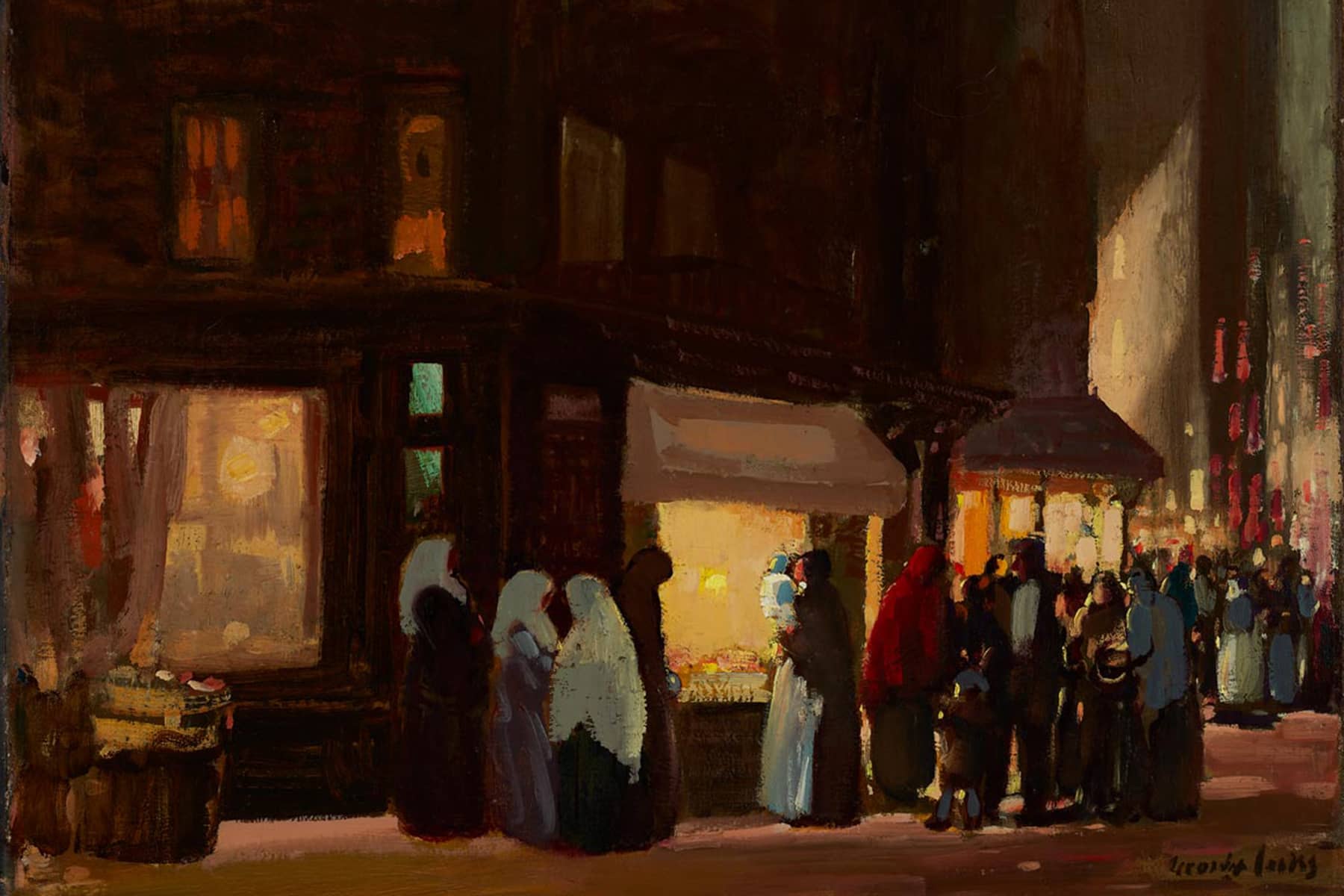
Exhibition of works by Ashcan School and The Eight explores the beginnings of Modern Art in
The painters of the Ashcan School wanted to create a new kind of art rooted in the raw, visceral day-to-day reality of the city—not the New York that was depicted by the popular painters of the time, the American Impressionists William Merritt Chase and Childe Hassam—the decidedly posh, haute bourgeoisie New York of Park Avenue, Central.

Still Life, Ash Can School, 1952 Dave Flickr
Ashcan School. The Eight A group of artists first based in Philadelphia and then later in New York City, pioneered a new social vision as the United States entered the 20th century as an industrial and urban giant. These artists were known as the new realists and later dubbed The Ash Can School by an unkind critic. The details of everyday life.
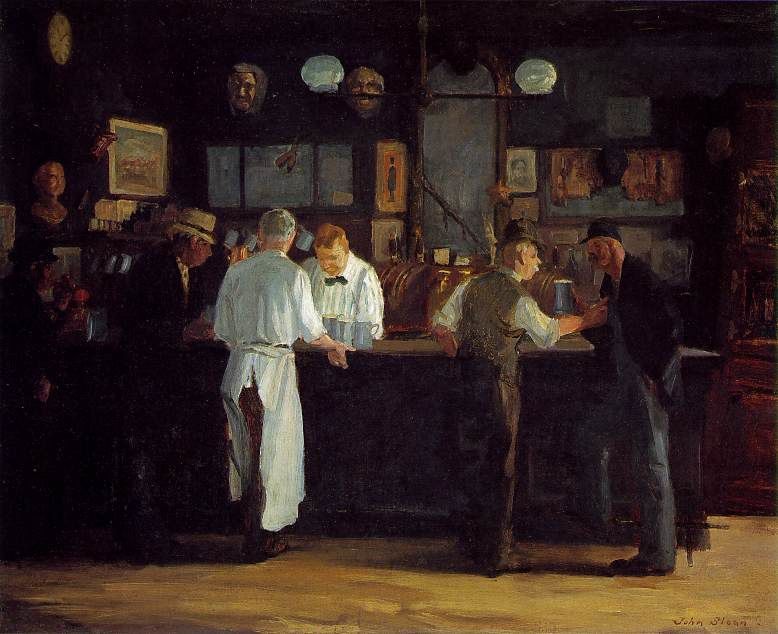
L'art américain les débuts L'Ocre Bleu
All of the artists relocated to New York by 1904 and were later dubbed the Ashcan School. They would go on to participate in several key exhibitions of progressive art in the city—from the 1908 showing of The Eight at the Macbeth Galleries to the 1913 Armory Show. The former laid the groundwork for modernism in American art, while the latter.
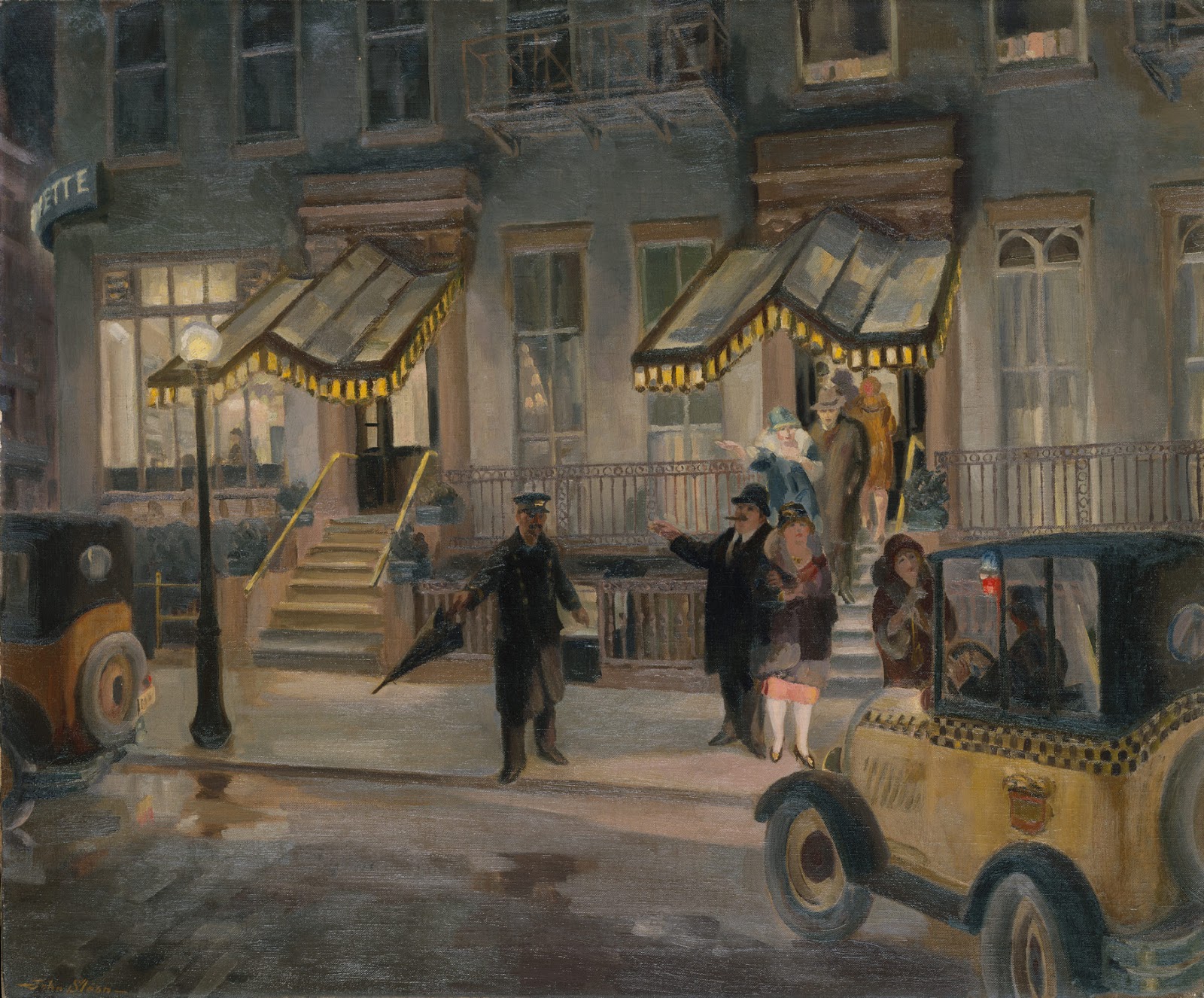
John Sloan Genre painter Ashcan School of Art Tutt'Art Pittura • Scultura • Poesia • Musica
The Ashcan School, also called the Ash Can School, was an artistic movement in the United States during the late 19th-early 20th century that is best known.

Ashcan School YouTube
The Ashcan School represented the most progressive artistic trend in the United States in the decade preceding the Armory Show in 1913. After the New York audience's exposure to Duchamp's Cubist-Futurist Nude Descending a Staircase and other such truly startling pictorial innovations, the representational scenes of the Ashcan School began to look staid by comparison.
From A Northern Place Ash Can School She's Only Sleeping (7")
The Ashcan School is an informal art group that operated in the late 19th and early 20th centuries. The term Ashcan School was coined by Alfred H. Barr and Holger Cahill in 1934, inspired by a drawing by Bellows with the title Disappointments of the Ash Can which depicts three men examining the contents of an ash can.This group remained known for its works in the manner of urban realism, which.

The Ever Blooming Knockout Rose (2022 Remix) [Explicit] Ash Can School Digital Music
The Ashcan School. About 1900, a group of Realist artists set themselves apart from and challenged the American Impressionists and academics. The most extensively trained member of this group was Robert Henri (1865-1929), who had studied at the Pennsylvania Academy of the Fine Arts from 1886 to 1888 under Thomas Anshutz (1851-1912). Anshutz.

Ash Can School A Day Out Of Paris YouTube
The Ashcan School, also called the Ash Can School, was an artistic movement in the United States during the late 19th-early 20th century [1] that produced works portraying scenes of daily life in New York, often in the city's poorer neighborhoods. The artists working in this style included Robert Henri (1865-1929), George Luks (1867-1933.

(1911) New York Bellows) American realism, New york canvas, Ashcan school
Summary of Ashcan School. Known for its gritty urban subject matter, dark palette, and gestural brushwork, the Ashcan School was a loosely knit group of artists based in New York City who were inspired by the painter Robert Henri.The group believed in the worthiness of immigrant and working-class life as artistic subject matter and in an art that depicted the real rather than an elitist ideal.
From A Northern Place Ash Can School She's Only Sleeping (7")
The Ashcan School was a loosely defined group of American artists working at the turn of the 20th century. Their work began in Philadelphia towards the end of the 19th century, but they are best known for the works they produced later, after moving to New York at the start of the 20th century. While the ranks of the Ashcan School are not.

Ash Can School YouTube
Known for its gritty urban subject matter, dark palette, and gestural brushwork, the Ashcan School was a loosely knit group of artists based in New York City who were inspired by the painter Robert Henri. The Ashcan School: The Metropolitan Museum of Art. About 1900, a group of Realist artists set themselves apart from and challenged the.
From A Northern Place Ash Can School She's Only Sleeping (7")
The painters of the Ashcan School wanted to create a new kind of art rooted in the raw, visceral day-to-day reality of the city—not the New York that was depicted by the popular painters of the time, the American Impressionists William Merritt Chase and Childe Hassam—the decidedly posh, haute bourgeoisie New York of Park Avenue, Central.
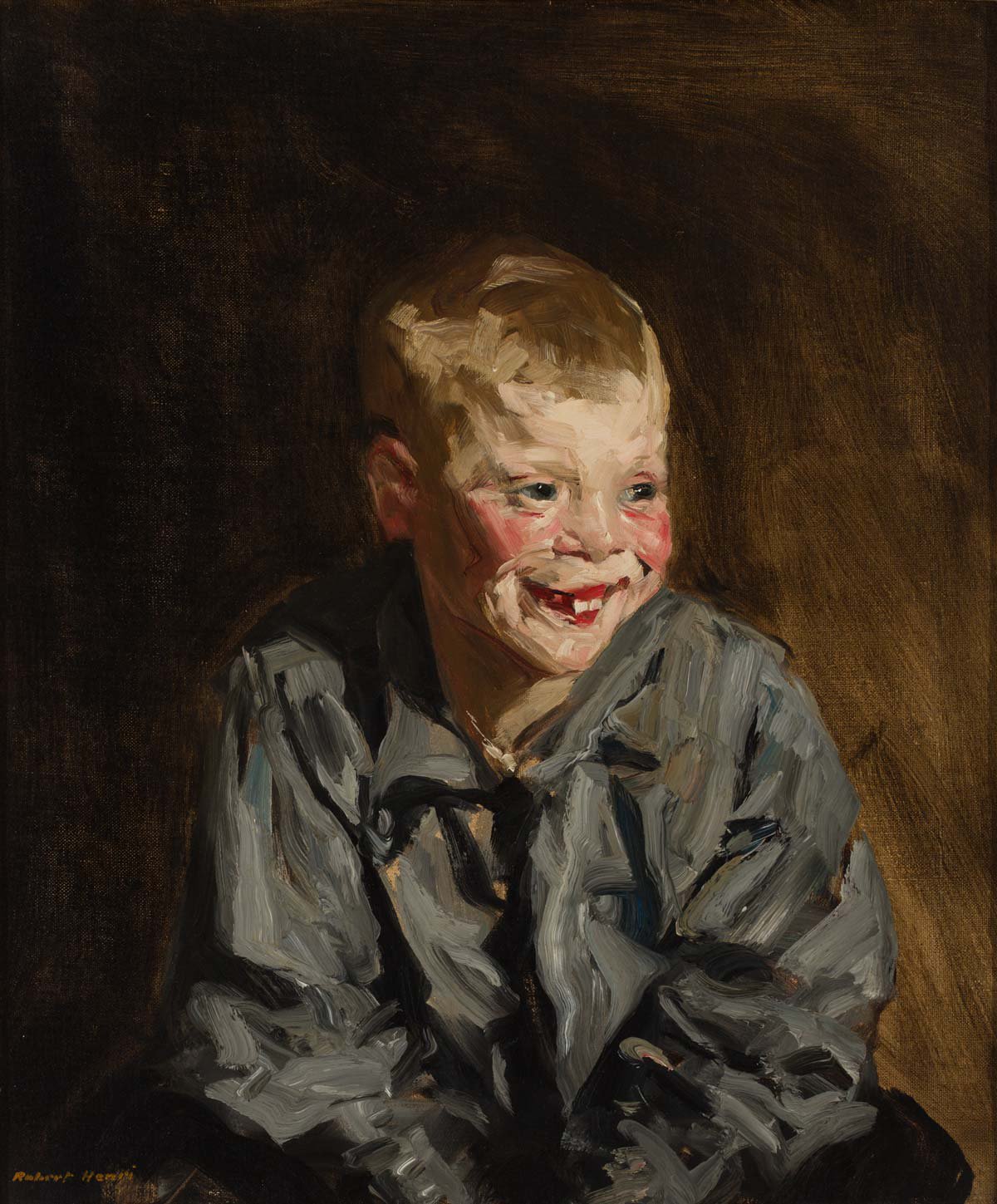
America Unvarnished in MAM’s Ash Can School Exhibit Shepherd Express
William J. Glackens. George Luks. Robert Henri. May Wilson Preston. (Show more) Ashcan School, group of American realist painters based in New York City in the early 20th century. The group's most prominent figures were known as "The Eight.". See Eight, The. Ashcan School, group of American realist painters based in New York City in the.
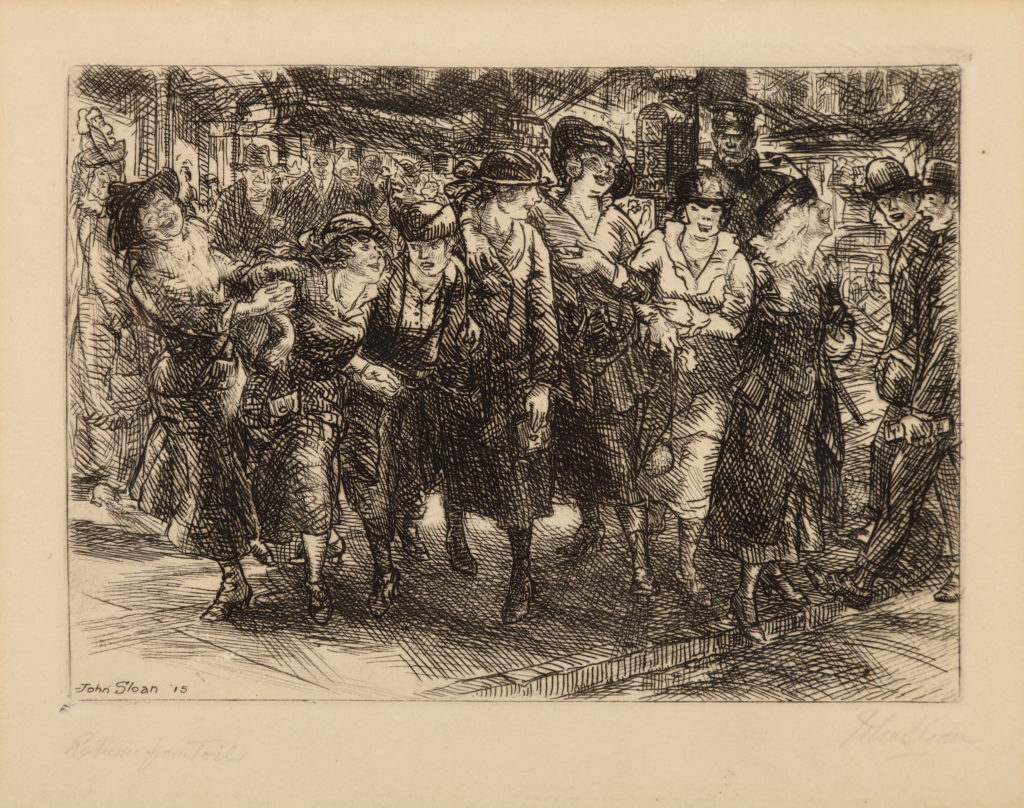
The Ashcan School and Their Circle OUMA
Ashcan School. The Ashcan School was the first art movement of the new century in America, and its first specifically modern style. Active in the first two decades of the twentieth century, Ashcan artists opposed the formality of conservative American art by painting urban subjects in a gritty, realistic manner. They gave form to the tough, optimistic, socially conscious outlook associated.

Ashcan School History, Characteristics, Artists Sotheby’s
The Eight. While Robert Henri is thought to be the founder of the Ashcan School, the name is a misnomer as there actually was no formal school of art with this name but rather a movement. The work of the artists associated with this movement believed in artistic independence and freedom to exhibit one's work in non-juried forums.